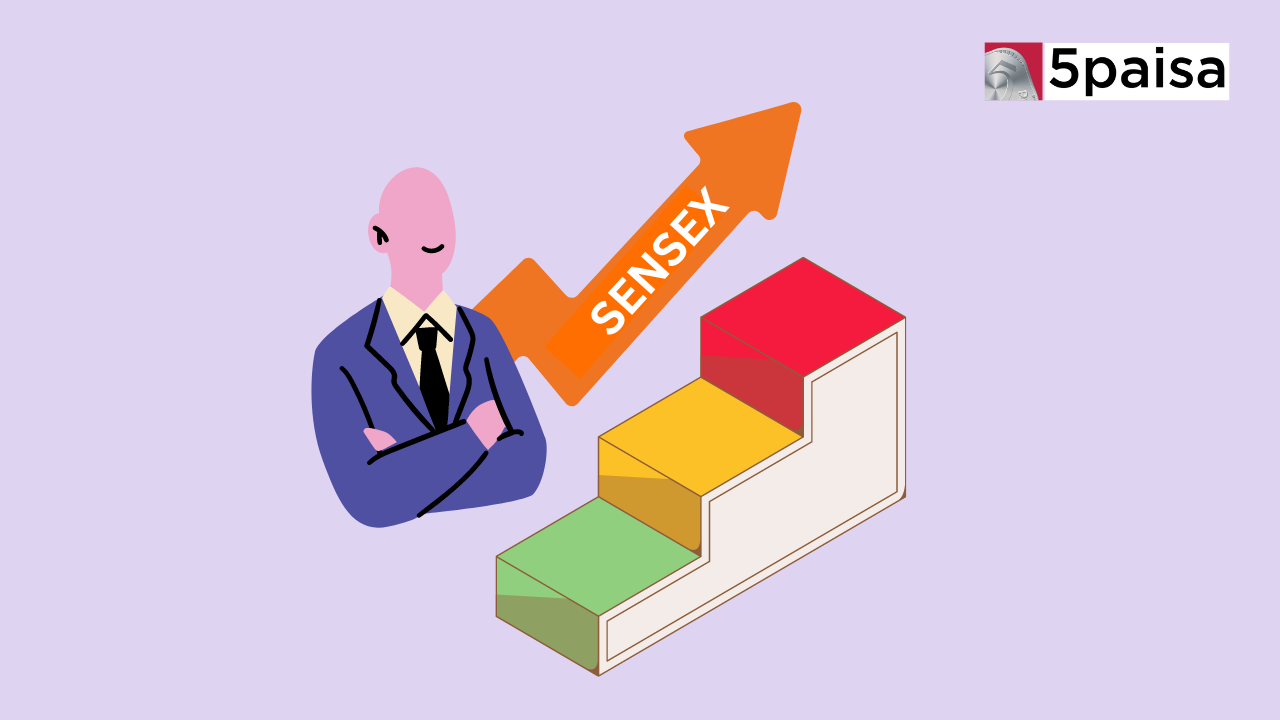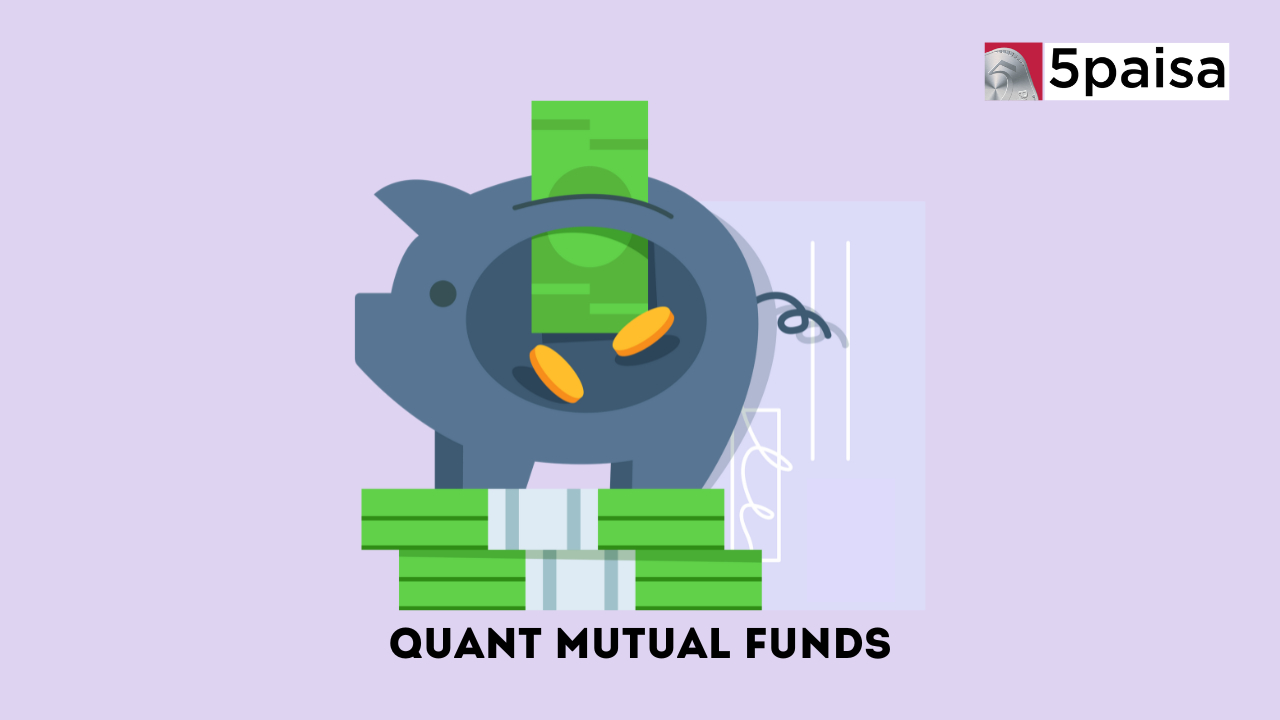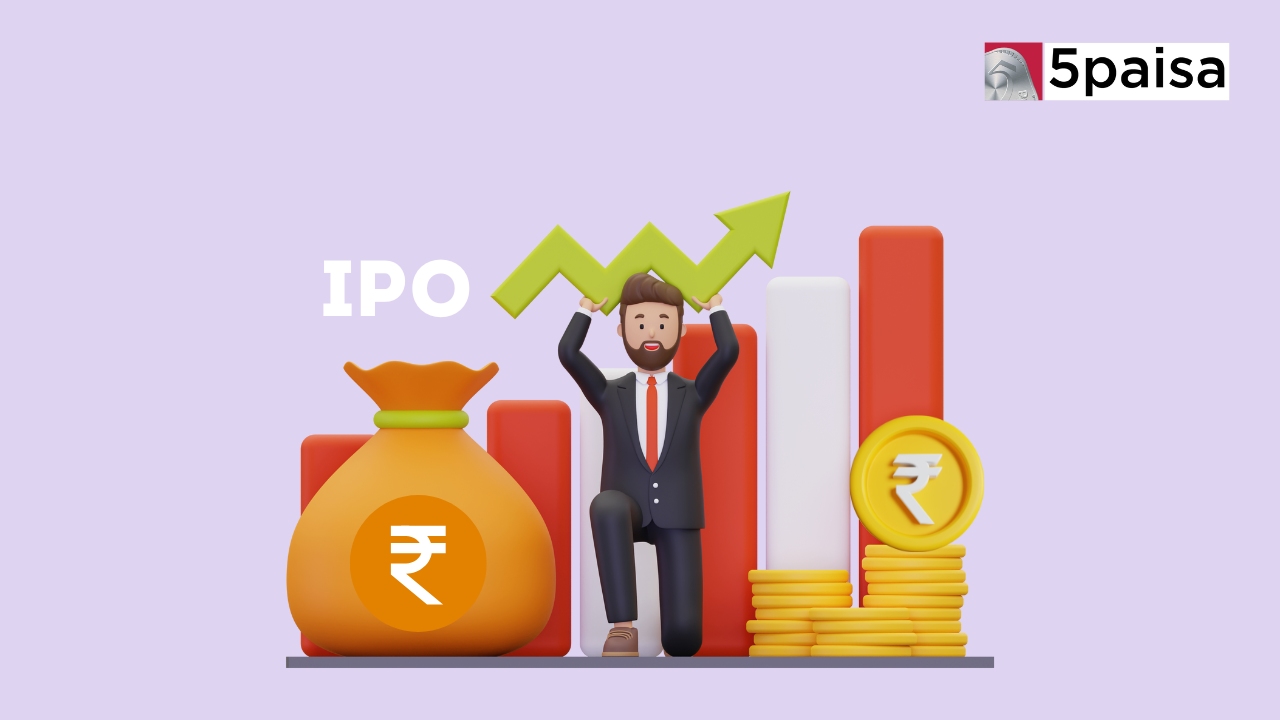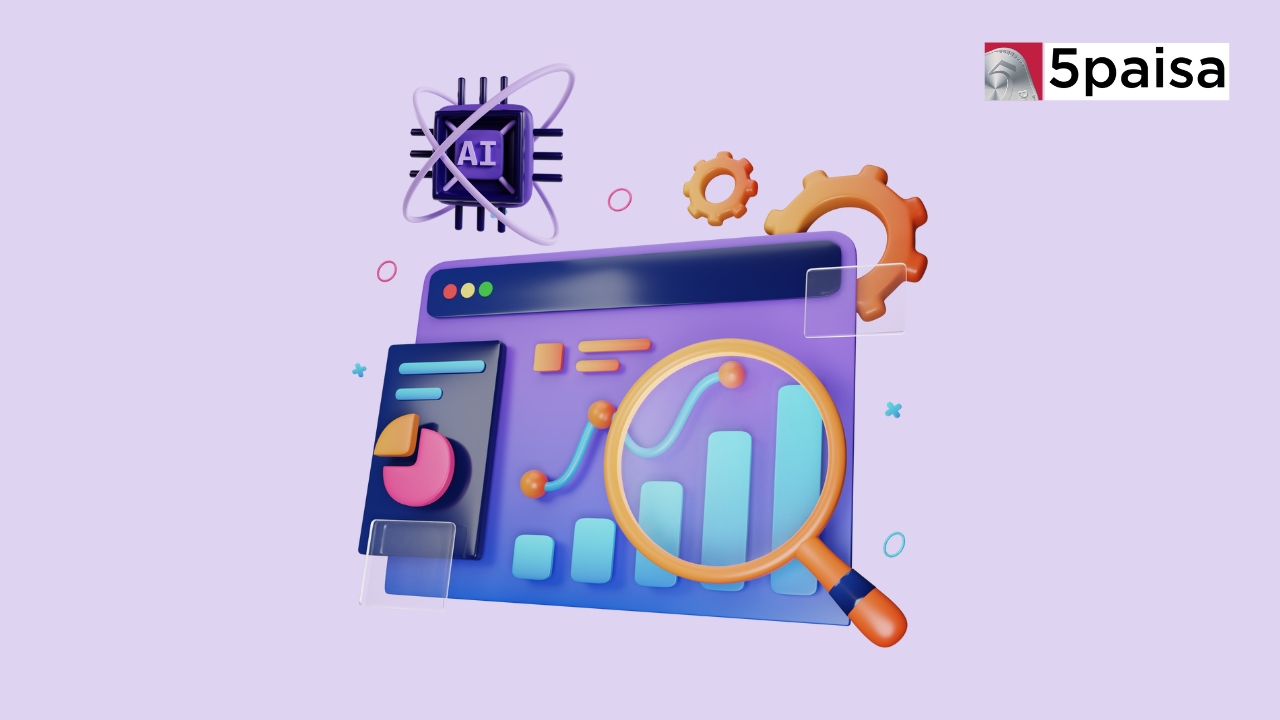List Of Maharatna Companies In India
Are FDs a bad investment?
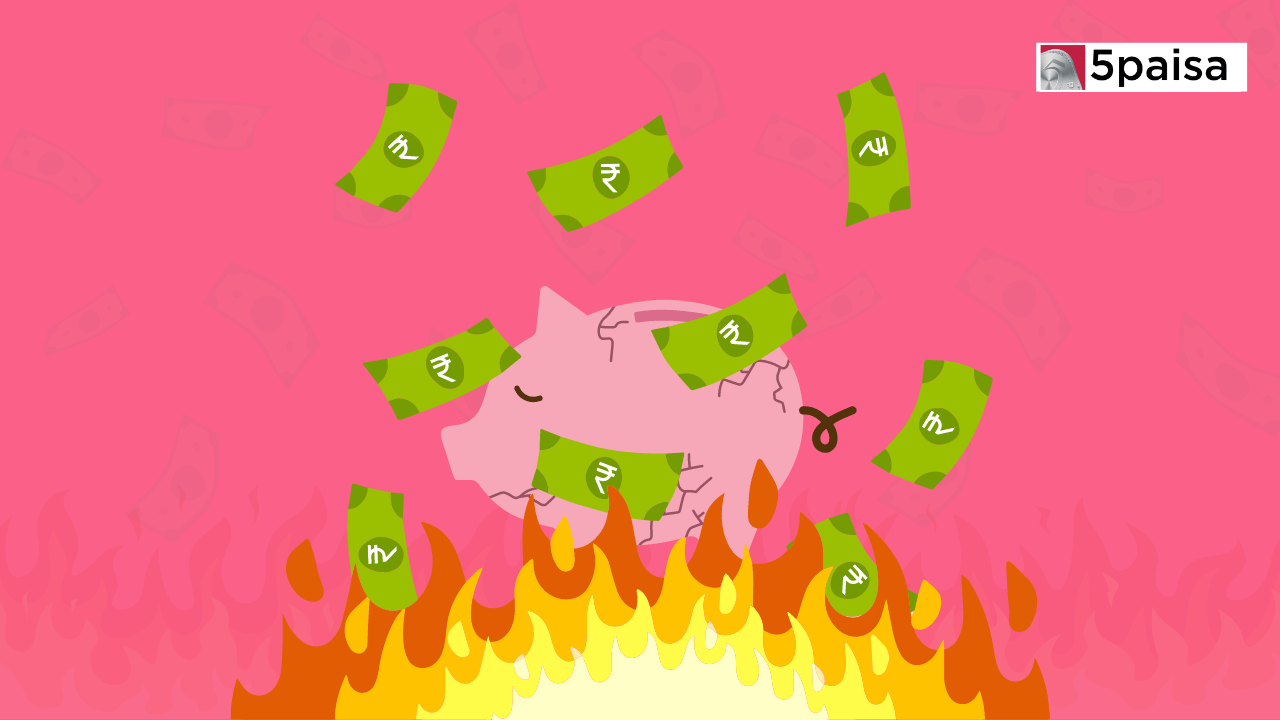
Last Updated: 13th December 2023 - 03:19 pm
Fixed Deposits (FDs) stand as India's beloved investment choice, holding a whopping Rs 100 trillion ($1.21 trillion) – nearly a third of all household savings.
Why the popularity? Well, with insured bank deposits up to Rs 5 lakh ($6,000) per customer, FDs are a secure haven, especially now with interest rates reaching a tempting 9%.
Now, let's dive into the world of fixed deposits, exploring the highs and lows.
For those looking to play it safe and earn returns, Fixed Deposits are your go-to. Every bank and some financial institutions in India welcome you to open FDs. Picture it like parking your money in a savings account but with a set interest rate and a timeline. The bank pays you a fixed interest and hands back your principal amount when the FD matures. Plus, you can easily withdraw your cash whenever you need it.
The FD journey's duration varies, from a few days to several years. Longer tenures usually mean more interest, but some banks may offer the highest returns for a specific period, with reduced rates for longer tenures. Seniors often get a little extra interest, too.
In India, FDs are hailed as the safest investment option, earning trust for steering clear of market uncertainties and securing a substantial spot in many investors' portfolios.
Benefits of Fixed Deposits
Before you take the plunge, let's unravel why FDs can be wealth generators. Here are the key perks:
1. Guaranteed Returns: Banks assure predetermined returns, eliminating the risk for investors. FD returns often surpass those from regular savings accounts.
2. Loan Against FDs: Your FD can be collateral for a loan. Most banks offer loans up to 90% of your FD amount without extra eligibility fuss, letting you finance needs without sacrificing FD interest.
3. Risk-free: FDs come with minimal risk, immune to market fluctuations. Even if the RBI trims interest rates mid-investment, your returns stay untouched until maturity.
4. DICGC Insurance: In case of bankruptcy or bank default, a DICGC insurance covers FD accounts up to Rs. 5 lakh, adding an extra layer of security.
5. Choice of Tenure: Tailor your FD investment to your liking, with tenure options ranging from a few days to several years. Even a 3-month idle amount can earn more in an FD than a regular savings account.
6. Unaffected by Market Fluctuations: FD returns remain fixed, unshaken by market conditions, making it a risk-free investment with modest returns.
7. Tax-free Returns: FDs present a chance to save on taxes by investing in Tax saver FDs with a minimum 5-year tenure.
Limitations of FDs
Does that mean FDs should be your ultimate investment?
Well, FDs have their own limitations.
FDs – they come with a lock-in period. If you need your money before that time is up, you might face penalties and end up earning less interest.
An alternative to FDs is diving into debt mutual funds, like liquid and short-duration funds, offering better returns and similar maturity periods.
This is where debt funds score, especially the quick and short-duration ones, take the lead. You can take your money out whenever you want without any penalties.
Now, let's talk taxes. The tax treatment for FDs and debt funds is quite similar, but with a little twist. Your interest income gets added to your yearly income and then taxed according to your tax slab. So, if you earn Rs 1 lakh in interest from either FD or debt funds, that extra money is added to what you make in a year, and you get taxed based on your tax rate. However, here's the kicker – FD interest income gets taxed every year. For example, if you have a five-year FD, the interest you earn will be taxed five times.
But, with debt funds like liquid or short-duration funds, you're taxed just once when you decide to take your money out.
Now, about the rigidity of FDs. While having a fixed interest rate gives you a clear idea of what to expect, it can be a bit of a bummer if interest rates shoot up while your money is locked in. You might miss out on higher returns. On the flip side, liquid and short-duration funds capture these higher interest rates during such times, offering more to their investors.
So, FDs have their ups and downs. The good part is they're super safe, like having your money in a fortress, especially if it's a big, reliable bank. But the downside is the rates are fixed, and you miss out on the chance to make more if the interest rates go up. That's where debt mutual funds, especially liquid and short-duration funds, step in. They give you better returns and work kind of like FDs.
Right now, the big banks are offering around 7% interest per year for FDs with durations of one to three years. Similar short-duration funds have maturities and, at present, offer an average of 7.4%, reaching as high as 7.7%. Keep in mind; these numbers might change based on things like interest rate hikes by the central bank.
And don't forget about taxes. If you're thinking about FDs, the income from them gets taxed based on your slab rates. But with your investment horizon of one to two-and-a-half years, you might face short-term capital gains tax.
If you decide to play the long game and invest for more than three years, then it becomes a long-term capital asset, and you get taxed at a fixed rate of 20% with some benefits from indexation. It's like playing the tax game with a bit of strategy!
- Flat ₹20 Brokerage
- Next-gen Trading
- Advance Charting
- Actionable Ideas
Trending on 5paisa
Indian Stock Market Related Articles
Disclaimer: Investment in securities market are subject to market risks, read all the related documents carefully before investing. For detailed disclaimer please Click here.
 5paisa Research Team
5paisa Research Team
 Sachin Gupta
Sachin Gupta

